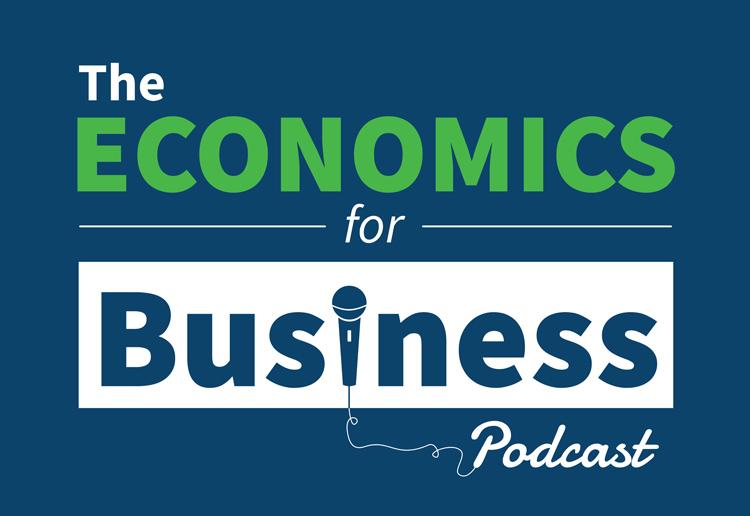
The clinical approach has served us well to date. The entrepreneurial approach, notified by the principles of Austrian economics, can take society much further. Dr. Saras Sarasvathy signs up with the Economics For Business podcast to boil down the essence of the value creating and wealth making approach.
Download our understanding graphic for the Entrepreneurial Technique: Mises.org/ E4B_131_PDF
There is an entrepreneurial method– a systematic way to accomplish the unforeseeable.
The scientific method aims to discover universal laws that make the future predictable. If we have enough scientific understanding we can, for instance, build bridges that we can anticipate will not collapse. We can build a whole scientific facilities in our society.
The entrepreneurial technique aims higher, at human thriving. It focuses on discovering how we can all collaborate to achieve our human function, including brand-new purposes that we all concur are worth achieving. We can build an entrepreneurial structure to build a better human life and a better society.
Business owners select a control method that’s appropriate to uncertainty.
Some people fear entrepreneurship due to the fact that its results are uncertain. But this is worrying about the incorrect things: outcomes are outdoors your control. Entrepreneurs are more critical about what can be controlled: means.
Dr. Sarasvathy lists several control strategies:
The Bird-In-The-Hand Concept: deal with what you’ve got and can control, which she sums up in the questions: Who Am I? What Do I Know? Whom Do I Know? What resources do I own or control now? This is the very first concept of control.
Budget-friendly Loss Principle: Business owners can manage their drawback, making it inexpensive and limiting unpredictability, by asking “What one value generation project would I undertake even if I risk losing whatever I purchase it?”
Crazy Quilt Concept: How do business owners control the unsure process of determining the right partners, including employing the best people? They don’t attempt to predict the results of working with and pitching. Instead, don’t work with, do not ask. Simply talk to people– those who fit finest will self-select into your task.
Lemonade Principle: Don’t fear the unanticipated. Invite surprises. All unforeseen happenings are chances and can become resources. Leverage contingency, and make lemonade out of lemons.
The Pilot Is The Plane Principle: Everybody on the airplane is a pilot, co-engaged in shaping history. The airplane will reach a location, the specific nature of which is unclear, and everyone on the plane adds to arriving.
There are some standards that entrepreneurs have actually established with time.
Non-Predictive Action Is The Driver
Everything in the entrepreneurial approach is driven by action. Or, better, action, interaction and reaction. Things you appreciate, things you can actually do, things we can do together, and how we manage surprises. Engaging with the environment with a sense of purpose, and therefore changing it in some way.
Even-If Thinking
Our goals and the outcomes we experience might not be in proportion. Not prospering is not the like stopping working. Even if an originality does not exercise, what is the worst that can take place? We shouldn’t make decisions even if we can’t anticipate the future. Accept the unforeseeable but make certain the disadvantage is under your control.
Intersubjectivity
The great performance of entrepreneurship comes from intersubjectivity– two or more individuals can connect and create something neither one had in fact considered or handled or thought about or considered previously. Intersubjectivity is more than interpersonal and beyond settlement. It’s a concern: “I am doing this. What do you think?”
The Entrepreneurial Method causes social great and a new role for service in society.
A side effect of everybody in society discovering the scientific approach was the development of the middle class, defined by earnings. Science brought productivity which allowed a large swath of society to earn adequate money to escape poverty. Everyone had the ability to harness science.
Let’s teach everyone the entrepreneurial technique. Let everybody start companies, grow business, purchase business, all without any idea of prediction. A middle class of organization will emerge, defined not by earnings but by venturing. This middle class will produce more tasks and more sustaining, more stable business, embedded in strong neighborhoods, with greater well-being and less churn. The fruits of creativity settle in endurance and resilience– not in Schumpeterian innovative damage– and add to stability and the taking on of larger difficulties. Decade after decade, the middle class of service will produce value and produce wealth, utilizing lots of people and educating successive generations to take the entrepreneurial method with them into a much better future.
Additional Resources
“The Entrepreneurial Technique” (PDF): Mises.org/ E4B_131_PDFAmong the innovations prepared for the Economics For Company platform is a series of encapsulations of important research study documents. Here is a sample:
“The World-Making Scope Of The Entrepreneurial Method– An Encapsulation” By Gabriele Marasti (Initial paper: “The Middle Class Of Organization”): Mises.org/ E4B_131_PDF2
Some links:
Effectual Entrepreneurship (PDF): Mises.org/ E4B_131_Book
“What Makes Entrepreneurs Entrepreneurial?” (PDF) Mises.org/ E4B_131_Paper
“Entrepreneurship As Method: Open Concerns for an Entrepreneurial Future” (PDF): Mises.org/ E4B_131_Article

